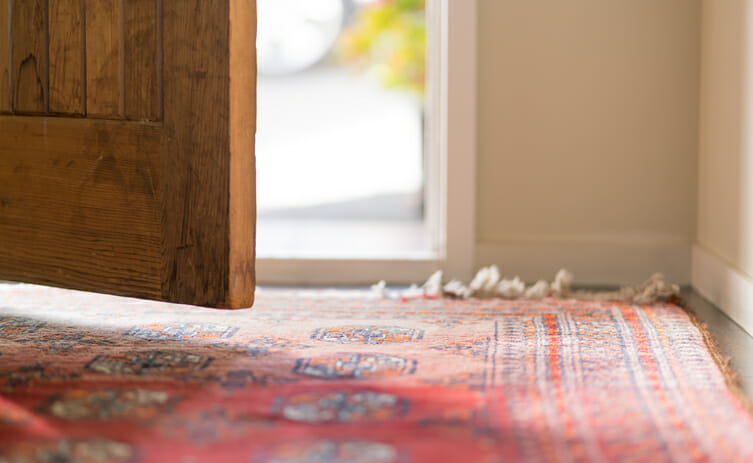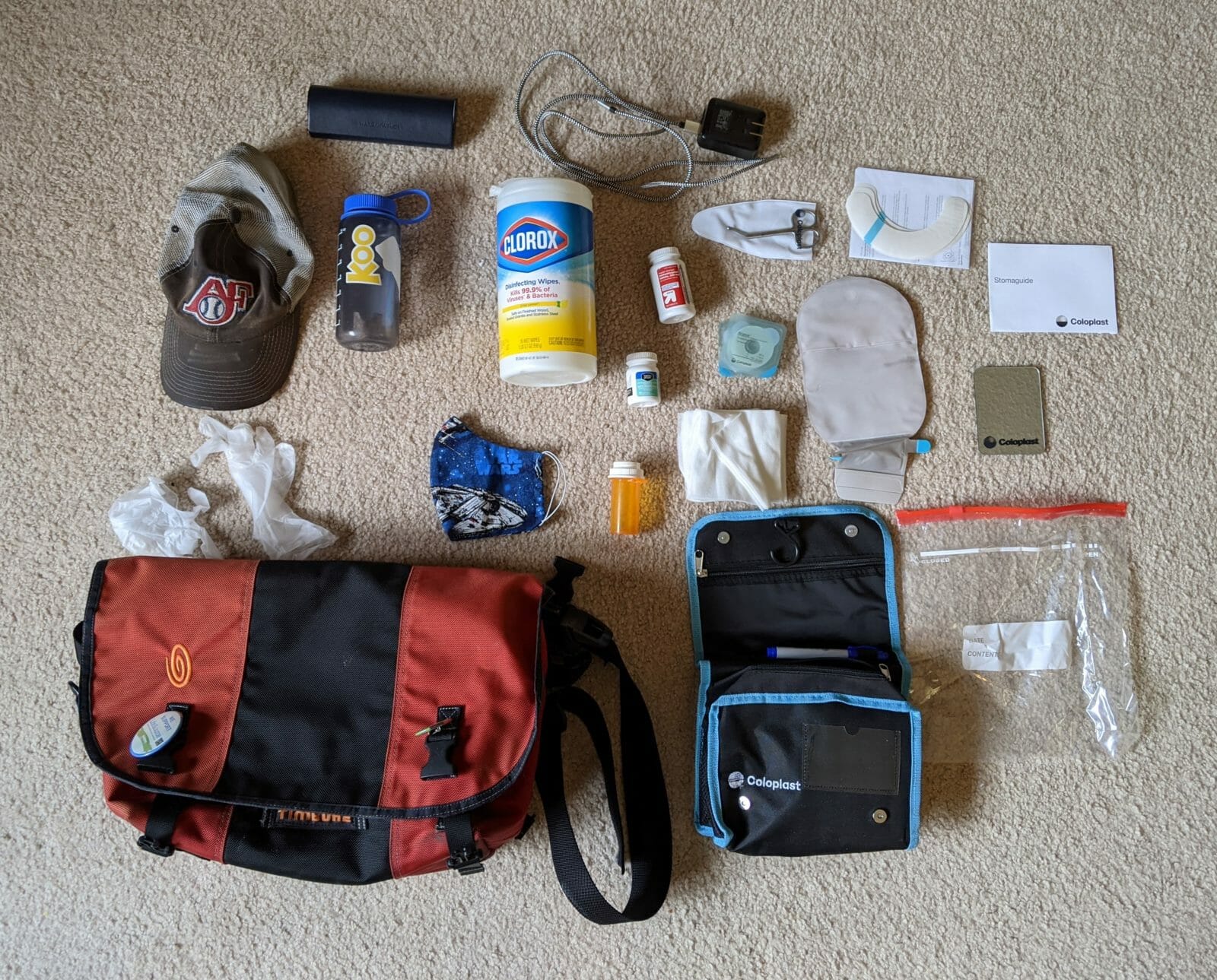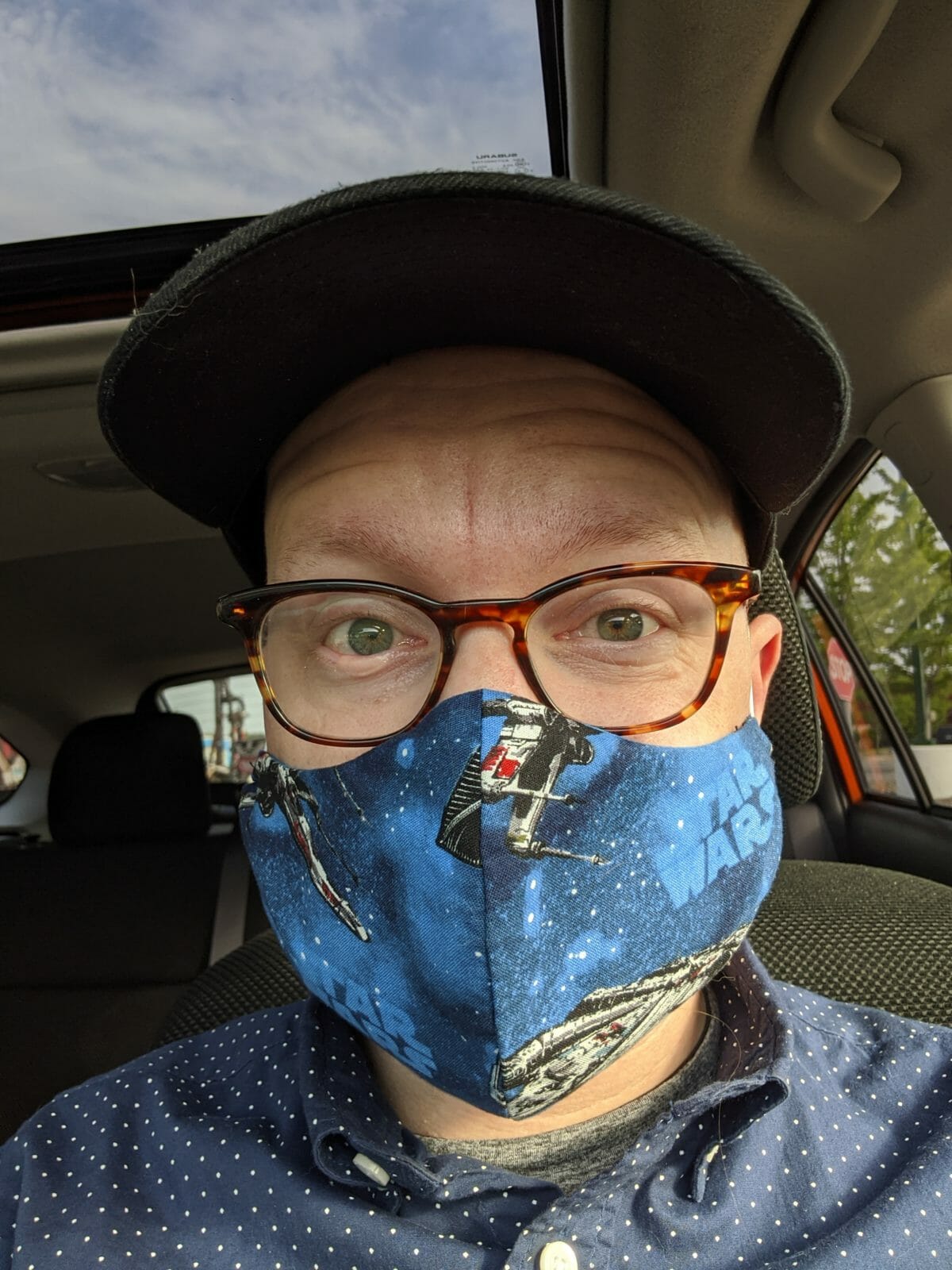Pandemic Life: For a Transplant Recipient, Even a Clinic Visit is Daunting
A rare trip outside his home requires extensive planning for two-time liver recipient Steve Romenesko.

Every month, I embark on a risky and anxiety-inducing adventure: entering a building that is not my home. It’s to the only place I’ve gone indoors other than my house since the COVID-19 pandemic hit Minnesota.
I’m headed to my local health clinic to get my blood drawn. Now, a non-COVID testing doctor’s office is potentially one of the safest places to go outside of my own house but the prospect is still fraught with the potential of contracting the coronavirus; something that if not a death sentence for me would mean terrible complications and an intense trip to the hospital.
The underlying story? I am a two-time liver transplant patient who is immunosuppressed and considered a very high risk for COVID-19 infections and complications.
Ever since I was 12 years old (I am now 31) I have gotten my blood drawn at least once a month (sometimes three), and waiting for results always sets me on edge. Pokes, prods, and tests have been a regular occurrence for me for nearly two decades in my life as a professional sick person; and leaving the house into the great unknown has always been somewhat of a risk. My immune system is weaker than most and the potential of a random emergency medical event being more likely given my history.
If you see me out and about I’ll generally have a backpack or bag with me to carry extra ostomy supplies, things like sunscreen and Tylenol, a bottle of water and an assortment of other things that make life as a chronically ill person a little easier. However, the pandemic has skyrocketed both the worry and preparation required to mitigate risks.
These days, I carry the added physical and metaphysical weight of personal protection equipment (PPE) needed in a pandemic: a few containers of hand sanitizer, a mask, gloves, disinfecting wipes, etc. What used to be grab-a-bag-and-go, now involves setting aside everything the night before and taking stock and making sure I’m all set to leave safely in the morning.

My short drive to my clinic in the morning is normal other than me intentionally wearing yesterday’s clothes. That’s so I can immediately change out of them when I return home.
I arrive at the clinic, sit a few minutes, take a few deep breaths to collect myself and remove my watch, glasses, hat, sweatshirt, wedding ring, and Donate Life bracelet (something that’s always with me). These would need to be sanitized afterwards and are best left in the car.
Heading into the clinic I use the hand sanitizer located at the check-in station, answer some questions about COVID symptoms, then use the hand sanitizer on my way to check in for the appointment itself. I wait in the waiting area, not sitting in a chair intentionally, standing with as much distance as I can between other people and myself. When my name is called, I follow the phlebotomist at a distance and sit in the lab chair, hoping that it was recently cleaned.
The blood draw itself isn’t anything exciting, my Celaphic Veins I think of as “ol’ reliables” when it comes to draws. Once my two purples and one tan tubes are filled, I thank the phlebotomist, go straight for the hand sanitizer in the lobby, and walk out the front door while wishing the check in attendant a good day. I use a little bottle of hand sanitizer in my pocket before grabbing my car door handle just to be safe, get in the car and run a disinfecting wipe over my phone, insurance card, ID, and any other items I took inside.
Upon getting home I take my shoes off in the garage to sit a few days, take off yesterday’s clothes in the laundry room, and take a shower, finally starting my day by putting on today’s clothes. I inhale deeply, then exhale. The adventure is over, but what lies ahead is the waiting and wondering if, despite taking every precaution, I’ll still get sick.

Steve Romenesko is a two-time liver transplant recipient and ostomate living in South Saint Paul. He’s an avid bread baker, biker, reader and record collector as well as a chronic illness and disability advocate. He also serves as a LifeSource Donate Life Ambassador, educating the community about organ, eye and tissue donation, encouraging people to register as donors.
 Skip to main content
Skip to main content
